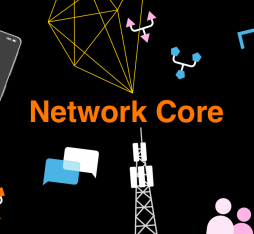“Mobile networks and Wi-Fi will live side by side for several years at least”
The Covid-19 crisis has led the French public authorities to postpone the 5G spectrum auctions from May to September 2020. The new standard offers several main areas for improvement. Ultimately, internet speed will be multiplied by ten, which paves the way for experiences in mobility that are even more interactive, immersive and contextualised, enriched in particular by virtual or augmented reality technologies, in order to receive training for example. 5G will bring substantial support for industrial robotics and the future autonomous car.
Low frequency bands, 3.4 – 3.8 GHz, or centimetric waves, will provide the extra capacity in urban areas. High bands (26 GHz) will, for their part, provide even more capacity but over a short range. These millimetric waves will be useful for covering an airport, shopping centre, stadium, industrial campus, or train station. Several experiments are being carried out, under the auspices of the Arcep (the French agency in charge of regulating telecommunications), around future usages that use these frequency bands.
Wi-Fi is used mainly in the home or in the workplace to connect to the domestic or company network. It is evolving so as to accommodate more terminals, with higher speeds.
The new Wi-Fi Alliance standard revives the 2.4 GHz frequency, offering a better range than the 5 GHz band. It also offers a maximum theoretical speed of 10 Gb/s, which is an increase of 40 % compared to Wi-Fi 802.11 ac, the penultimate standard to date.
A variant of Wi-Fi 6, Wi-Fi 6E, which is based this time on the 6 GHz frequency, makes it possible to increase speed and reduce latency but at the expense of higher sensitivity to disturbances, in particular over long distances.
At the end of the day, mobile networks – 4G today and 5G tomorrow – and Wi-Fi are complementary and will live side by side for several years at least. 5G is intended more to cover new industrial usages, whereas Wi-Fi will remain the dominant technology for domestic access to the internet.
The French market is not comparable to the American market where operators Verizon and AT&T are promoting their “home wireless access” offerings, based on 5G, in order to compensate for a failing copper network.
In France, the massive deployment of optic fibre could lead to mobile usage of 5G, whereas the usage of Wi-Fi could become the norm in the home and office.










